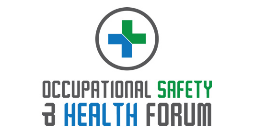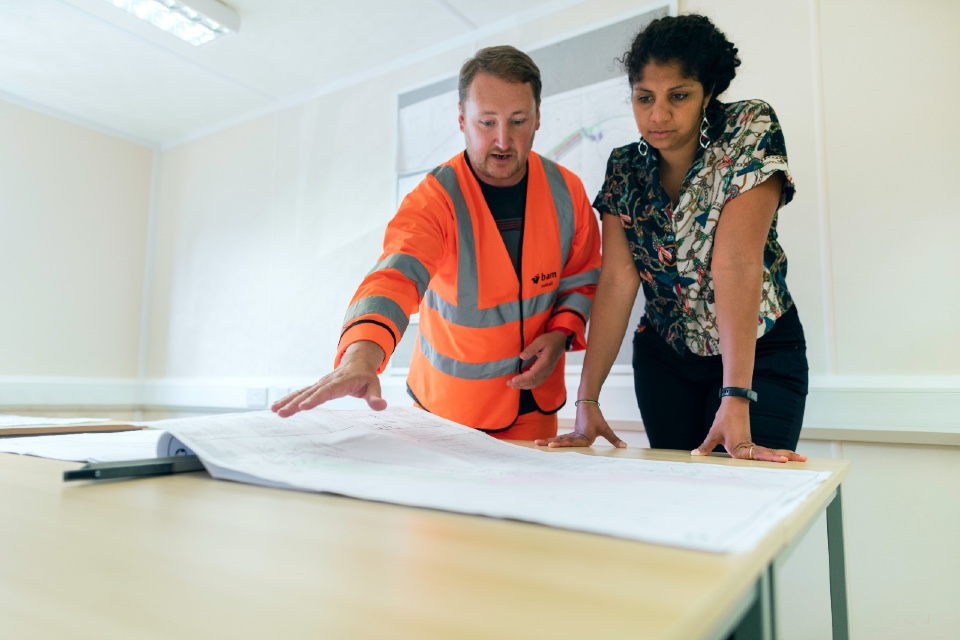Health & Safety (H&S) professionals in the UK private sector have long understood the importance of risk management assessments. But the days of one-size-fits-all checklists are fading. Driven by evolving regulations, technological advancements, and a growing emphasis on proactive safety, risk management assessment best practices are undergoing a positive transformation...
Here’s how risk management assessment is changing the game for H&S professionals:
- Dynamic Risk Assessments: Traditional static assessments are giving way to dynamic approaches. These consider how risks can change over time, incorporating factors like equipment wear and tear, seasonal variations, or changes in work practices.
- Data-Driven Decisions: Reactive risk management is out. H&S professionals are increasingly leveraging data from incident reports, safety observations, and near-misses to identify high-risk areas and tailor risk reduction strategies.
- Employee Participation: A top-down approach is a thing of the past. Engaging employees in risk assessments fosters a culture of safety ownership, allowing them to contribute valuable insights based on their frontline experience.
- Risk Prioritisation: Not all risks are created equal. Modern best practices emphasise risk prioritisation, focusing resources on mitigating the most significant threats to employee safety and well-being.
- Integration with Management Systems: H&S risk management is no longer an isolated activity. It’s being seamlessly integrated with broader management systems like ISO 45001, ensuring a holistic approach to workplace safety.
The Future of Risk Management Solutions in the UK
The UK market for risk management solutions is constantly evolving, offering exciting possibilities for H&S professionals:
- Artificial Intelligence (AI): AI-powered solutions will analyse vast amounts of data to identify emerging risks, predict potential incidents, and suggest proactive mitigation strategies.
- Virtual Reality (VR): VR simulations can immerse employees in realistic scenarios, allowing them to experience safety hazards firsthand and learn safe work practices in a controlled environment.
- Cloud-based Platforms: Cloud-based risk management platforms will streamline data collection, analysis, and reporting, allowing for real-time insights and collaborative risk management across geographically dispersed teams.
- Wearable Technology: Wearable devices like smart watches or safety glasses can monitor worker health and well-being, detect environmental hazards, and provide real-time alerts to potential dangers.
- Focus on Mental Health: Modern risk assessments will increasingly consider work-related stress and mental health risks, promoting a holistic approach to employee safety and well-being.
A Proactive Approach to Safety
The evolution of risk management assessment best practices empowers UK H&S professionals to move beyond reactive measures and cultivate a proactive safety culture. With innovative solutions on the horizon, the future promises a data-driven, employee-focused approach to risk management, creating safer, healthier, and more productive work environments for all. Remember, effective risk management is not just about ticking boxes; it’s about building a culture of safety awareness and continuous improvement, ensuring the well-being of employees and the success of the business.
Are you searching for Risk Assessment solutions for your organisation? The Occupational Health & Safety Forum can help!
Photo by Yeshi Kangrang on Unsplash






